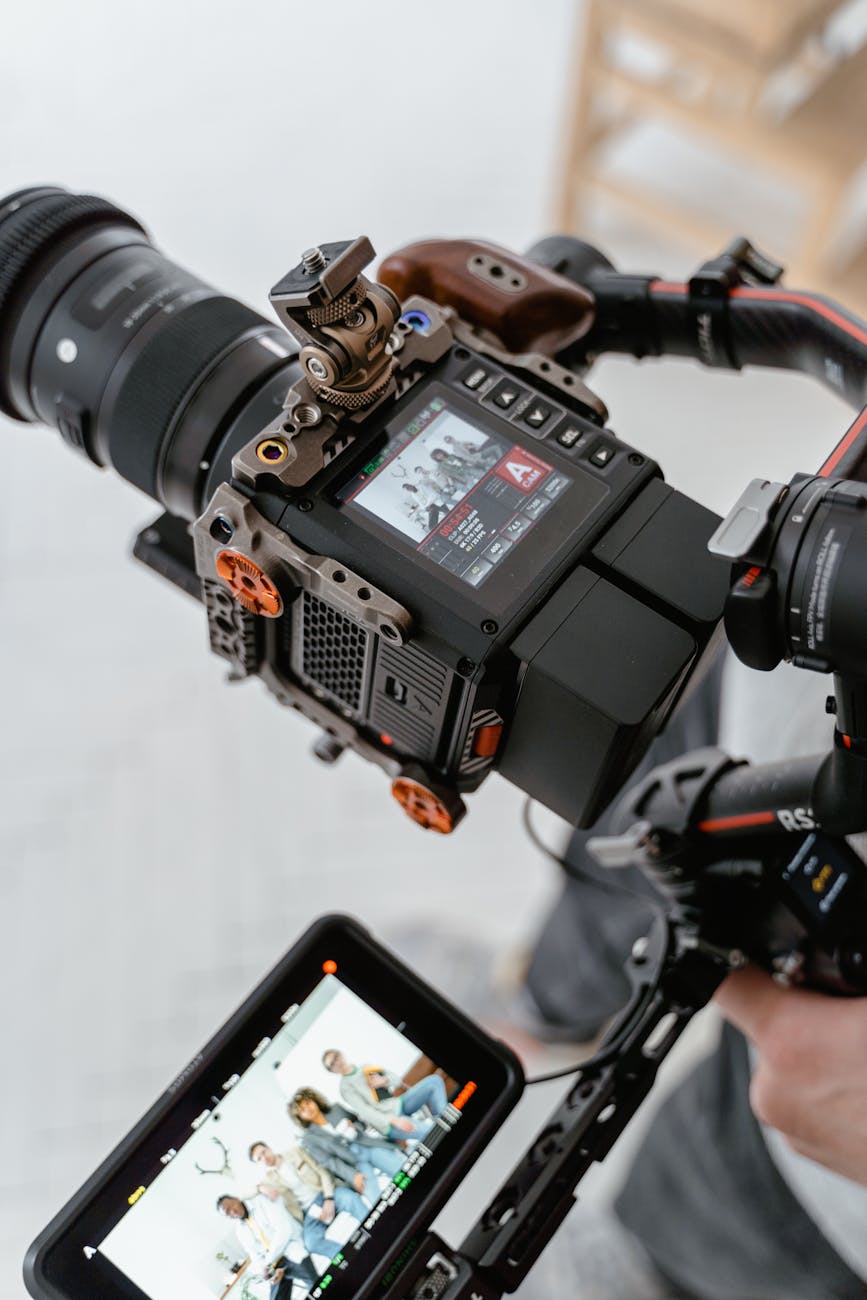When it comes to enriching the soundscapes of electric guitars, effects like phasers and flangers weave an enchanting tapestry of modulation. Both effects have unique capabilities that allow guitarists to explore new sonic territories. This blog post delves into the transformative potential of these effects, revealing how they enhance the richness of guitar sounds and foster creative expression.
Imagine a world where your guitar can soar like a bird or sweep through shades nearing the ethereal. Well, that world exists and is accessible through experimenting with phasers and flangers. Unlocking the secrets of these effects not only broadens your creative horizons but also deepens your connection with the music itself.
A phaser creates a swirling, swooshing sound that can transport listeners to another dimension entirely. This effect works by splitting the guitar signal, altering one of the signals through a series of all-pass filters, and then blending it back with the original signal. The key here is the phase cancellation that occurs, which results in that signature, resonant sound adored by many guitarists. Each notch filter effectively removes certain frequencies, leading to that unmistakable “jet plane” vibe.
The beauty of a phaser lies in its versatility. Whether you crank it up to create a thick swirl or dial it back for subtle flavor, it’s always a valuable tool in your tone arsenal. Classic tracks infused with phaser effects have defined genres and inspired generations, proving its timeless appeal. Not only can it breathe life into clean tones, but it can also elevate high-gain distortion into a mystical realm, making heavy riffs leap from the speakers with renewed energy.
Flanging is often described as the more aggressive sibling of phasing. This effect results from mixing two identical signals, with one of them delayed slightly and modulated over time. Essentially, this creates a dynamic charge of sound that ebbs and flows, allowing guitarists to explore a broad spectrum of sonic possibilities. When manipulated, flanging’s thick, jet-like sound packs a punch that can immediately grab the attention of any listener.
The result is a captivating swirl of sound that can produce anything from subtle warmth to intense, warbling passages as if a spaceship is soaring through the cosmos. Many iconic tracks have employed flangers to push boundaries and redefine what guitar music can achieve. Flanging offers a rich array of tonal options, allowing for both rhythmic enhancements and atmospheric soundscapes. Anyone willing to experiment with this effect might discover just how transformative and exhilarating it can be.
At first glance, phasers and flangers might seem similar, but their nuances create significantly different sound signatures. The essential difference lies in their modulation techniques. Whereas phasers modify the sound based on phase shifting, flangers incorporate delay in their operation. This subtle dissimilarity results in drastically different audio landscapes.
Moreover, phasers typically create milder, sweeping effects akin to ocean waves, while flangers unleash a more pronounced, dramatic sound. Guitarists can use these distinctions cleverly in compositions, alternating between effects to create tension or resolve. By understanding the fundamental contrasts between phasers and flangers, players can become more intentional in their sonic crafting, leveraging each effect’s unique qualities to articulate their musical narrative.
When it comes to transforming guitar sounds with phasers and flangers, the creative potential is nothing short of extraordinary. When applied properly, these effects can invigorate tired tones and inspire fresh ideas. A phaser can take a simple chord progression and infuse it with depth, morphing it into a lush soundscape that resonates warmly with listeners. Guitarists often discover that textural layers brought on by a phaser are akin to turning a flat photograph into a vibrantly colored masterpiece.
On the other hand, flangers can embellish solos or riffs with a splendid thickness that stands out in any mix. When used towards the end of a phrase, a flanger can create an exhilarating buildup, leading to a powerful musical release. Guitarists can embrace this transformative ability and push past creative blocks, exploring new avenues for expression. So whether utilizing a phaser for ambient chords or unleashing a flanger in an explosive riff, the journey into sound becomes an adventure of discovery.
As guitarists seek new ways to express themselves, the allure of phasers and flangers remains a vital component of sonic exploration. By mastering these effects, musicians are granting themselves the ability to evolve and transcend conventional guitar norms. The captivating nature of these tools allows for delightful experimentation, enriching performances that engage audiences and inspire creativity.
Ultimately, the path towards unlocking the full potential of your guitar lies in understanding and applying these extraordinary effects. As you delve into phasing and flanging, remember that every note is an opportunity to shape your musical story. Embrace the power of sound manipulation, and who knows what sonic frontiers you will unlock next!
1. Can I use phasers and flangers together?
Absolutely! Combining both effects can yield exciting results, adding layers of complexity to your sound. Experiment with their order in your signal chain to discover unique audio textures.
2. Which effect is more suitable for live performances?
While both effects can shine on stage, phasers often offer a more subtle enhancement that complements various musical styles. Nevertheless, flangers can dramatically elevate certain sections, creating atmospheric moments that audiences won’t forget.
3. Are pedal versions of these effects as effective as studio plugins?
Generally, pedal versions capture the essence of these effects beautifully. While studio plugins can offer more control, many guitarists love the tactile experience of using physical pedals to shape their sound on-the-fly.
4. How should I set the parameters for these effects?
Start with moderate settings and gradually increase depth and rate until you achieve the desired effect. Experimentation is key; find what resonates within the context of your music and performances.
Image Credit: Pexels
